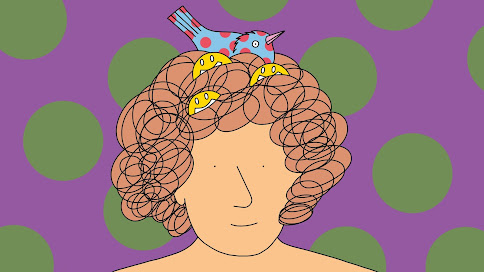The process of creative thinking is often, mistakenly, intertwined with critical thinking. There is a tendency to write and edit simultaneously, couple hypothesis generation and evaluation, combine problem identification with solution.
To increase effectiveness, one should first apply creative thought, which is meant to be daring, uninhibited, free-spirited, imaginative, unpredictable, and revolutionary. The trick is to ignore content and maximize the size and richness of the idea pool.
Second, critical thinking is exercised to achieve applied creativity. This is reductive, logical, focused, conservative, practical and feasible. During this stage, the idea pool is reduced to achievable, appropriate ideas.
Now onto the Idea Pool itself:
Maximizing the size and richness of the idea pool is a conscious process that has a lot in common with a) lateral thinking and b) the elicitation of tacit knowledge. It is the pre-critical thinking phase and some elements include:
a) Coming up with ideas for the sake of generating ideas.
b) Using a variety of stimuli and frameworks to open up as many pathways as possible.
c) Not having a conscious direction.
d) Not stopping when a goal seems fulfilled.
e) Consciously stimulating change in direction.
In short, the key principle is to produce first and scrutinize second – writing and rewriting are two separate processes. This applies across the board, from business problem solving to arts such as screenwriting. The more people try to understand meaning, the less they produce.


No comments:
Post a Comment